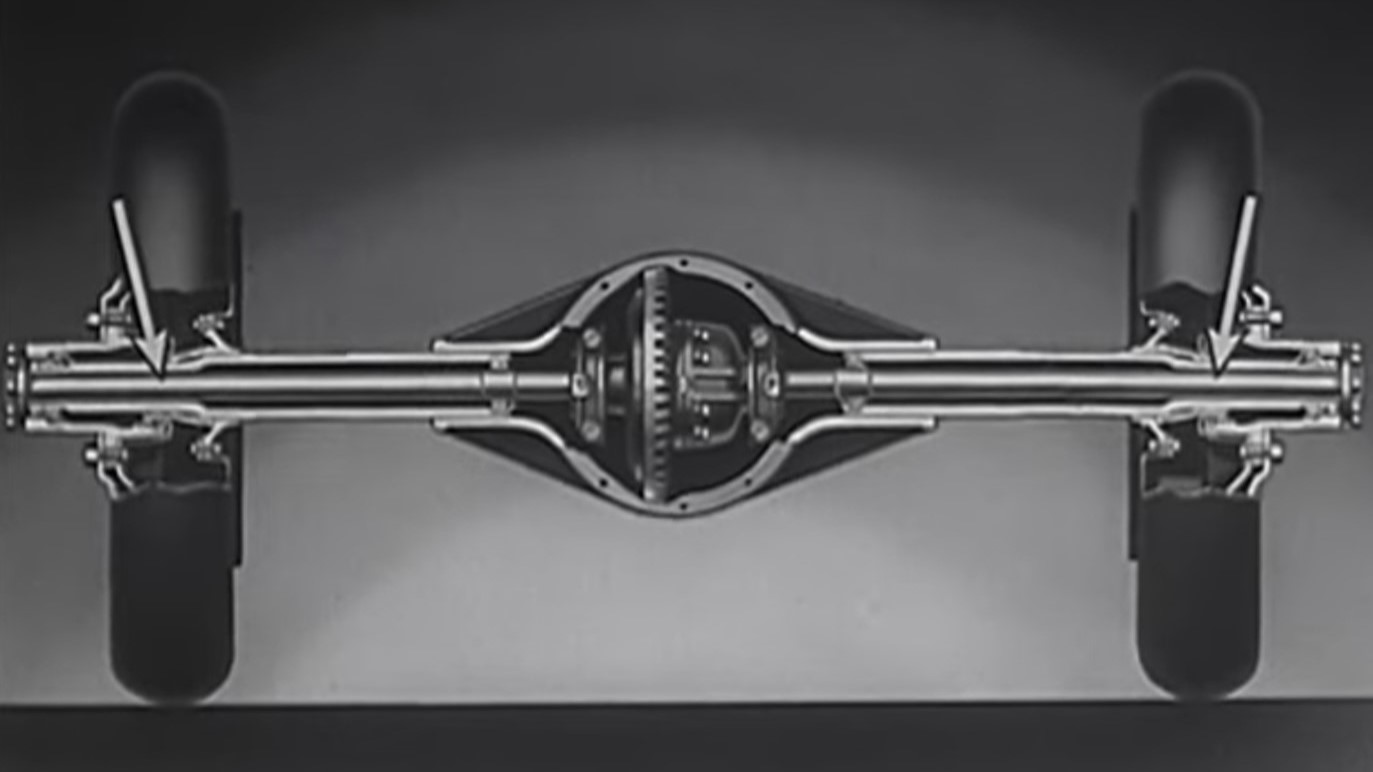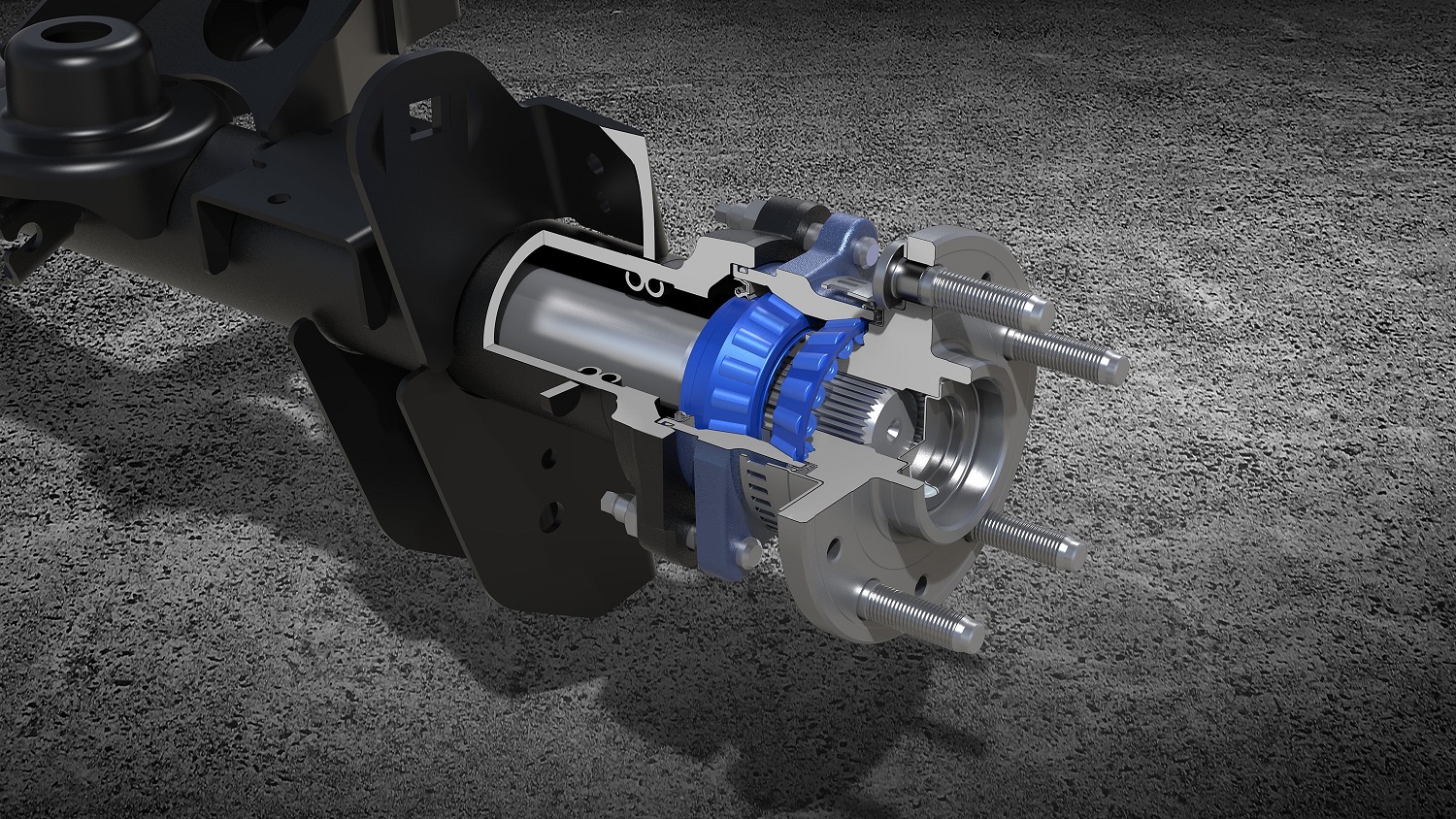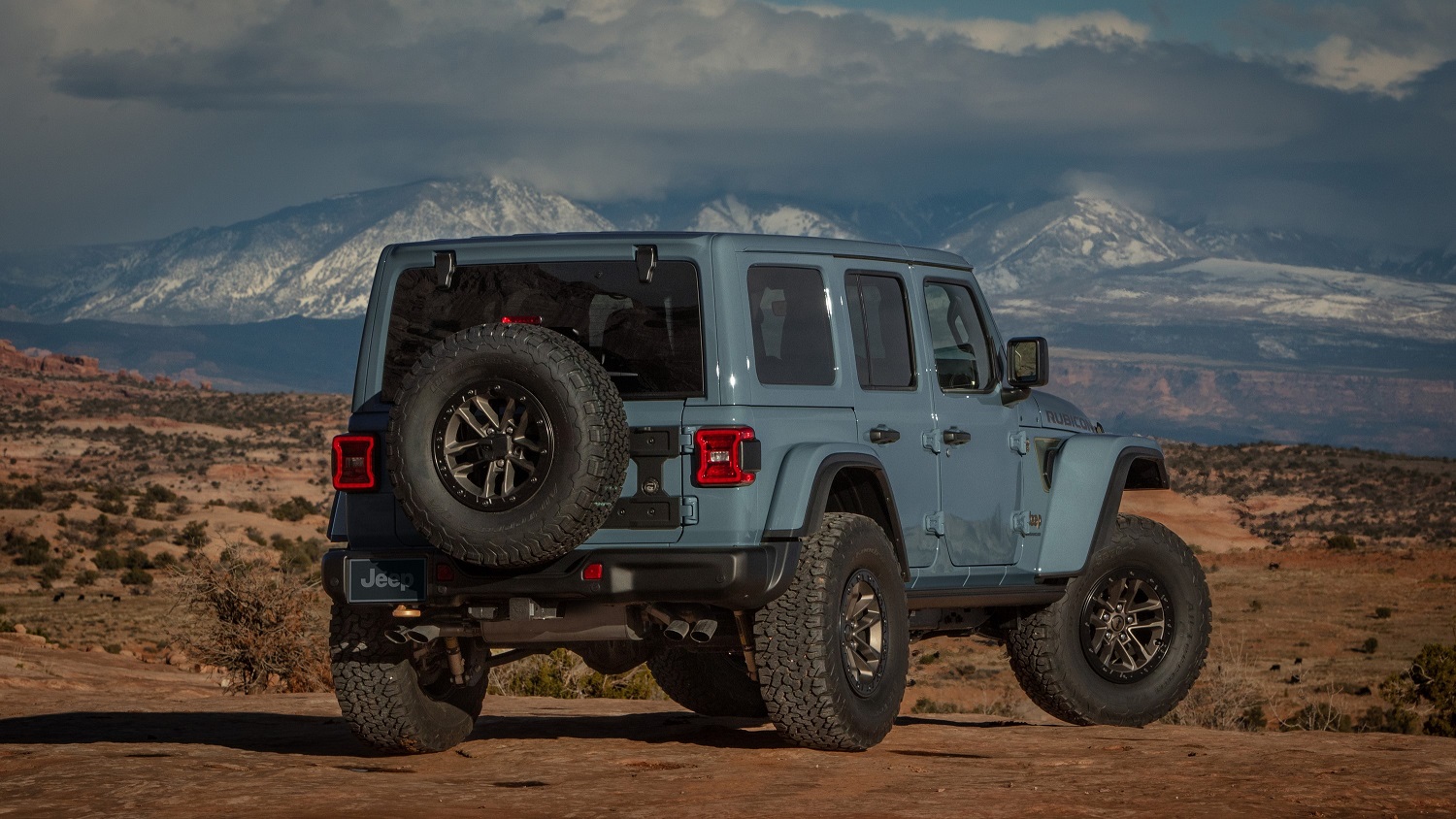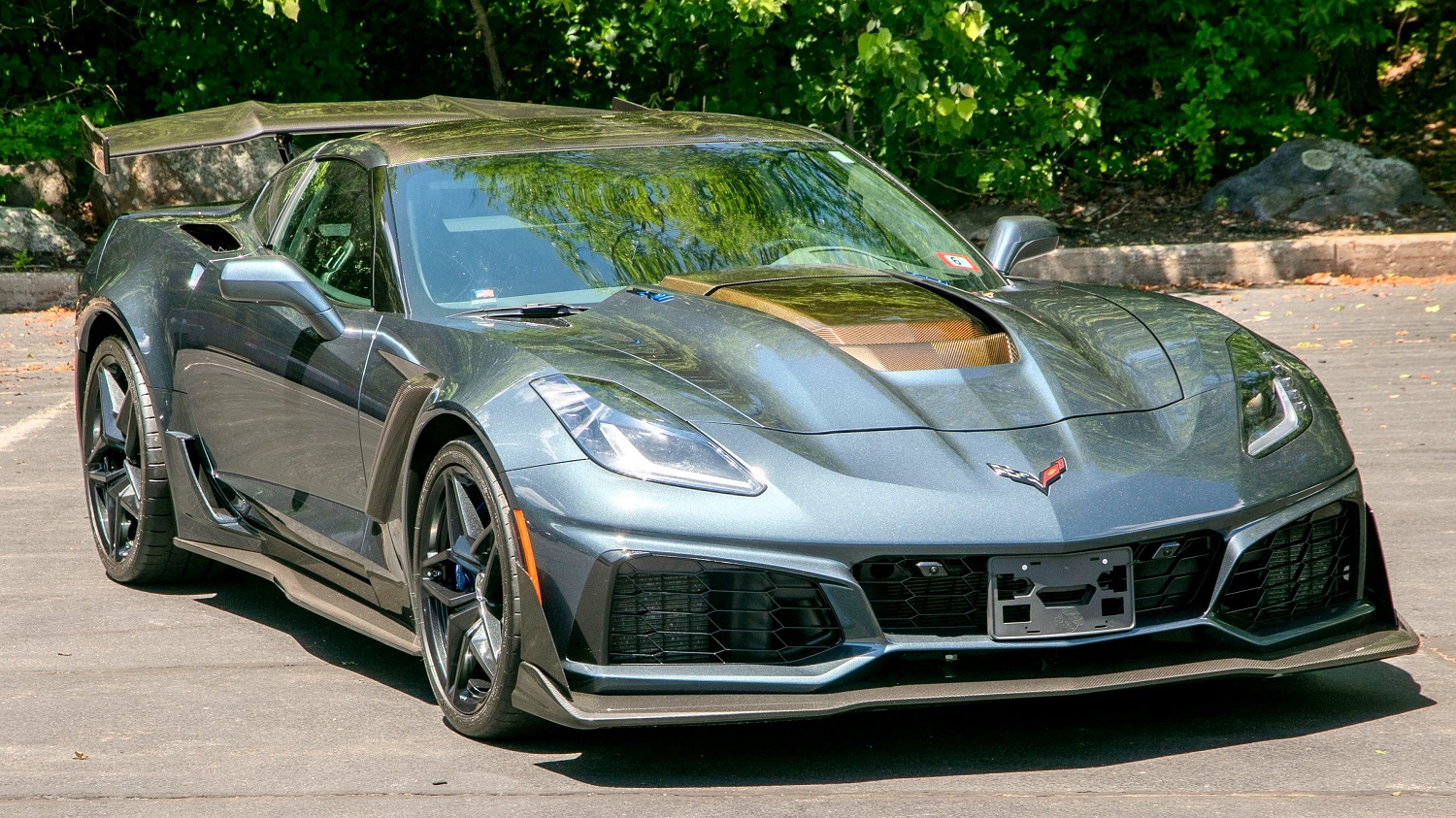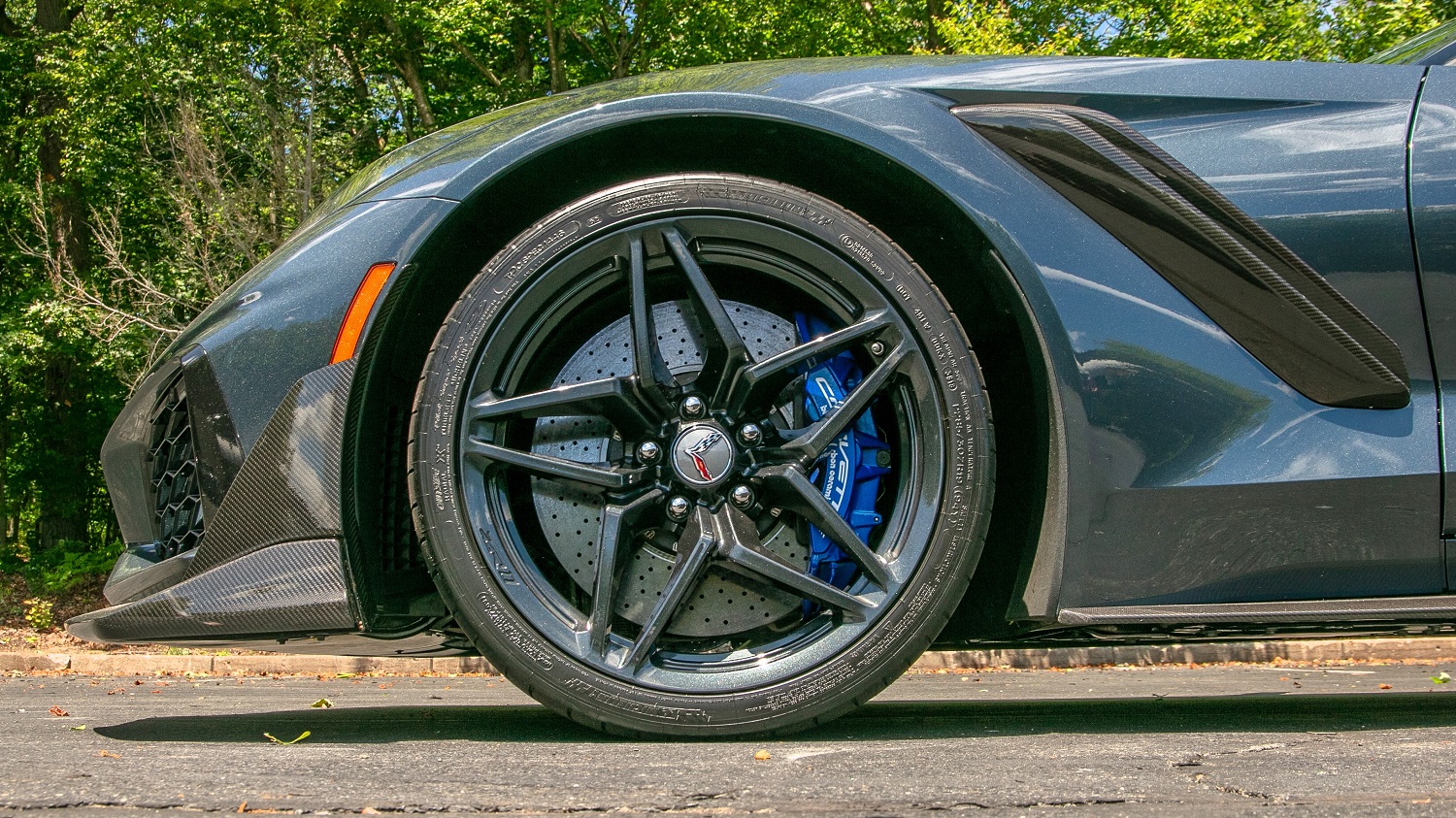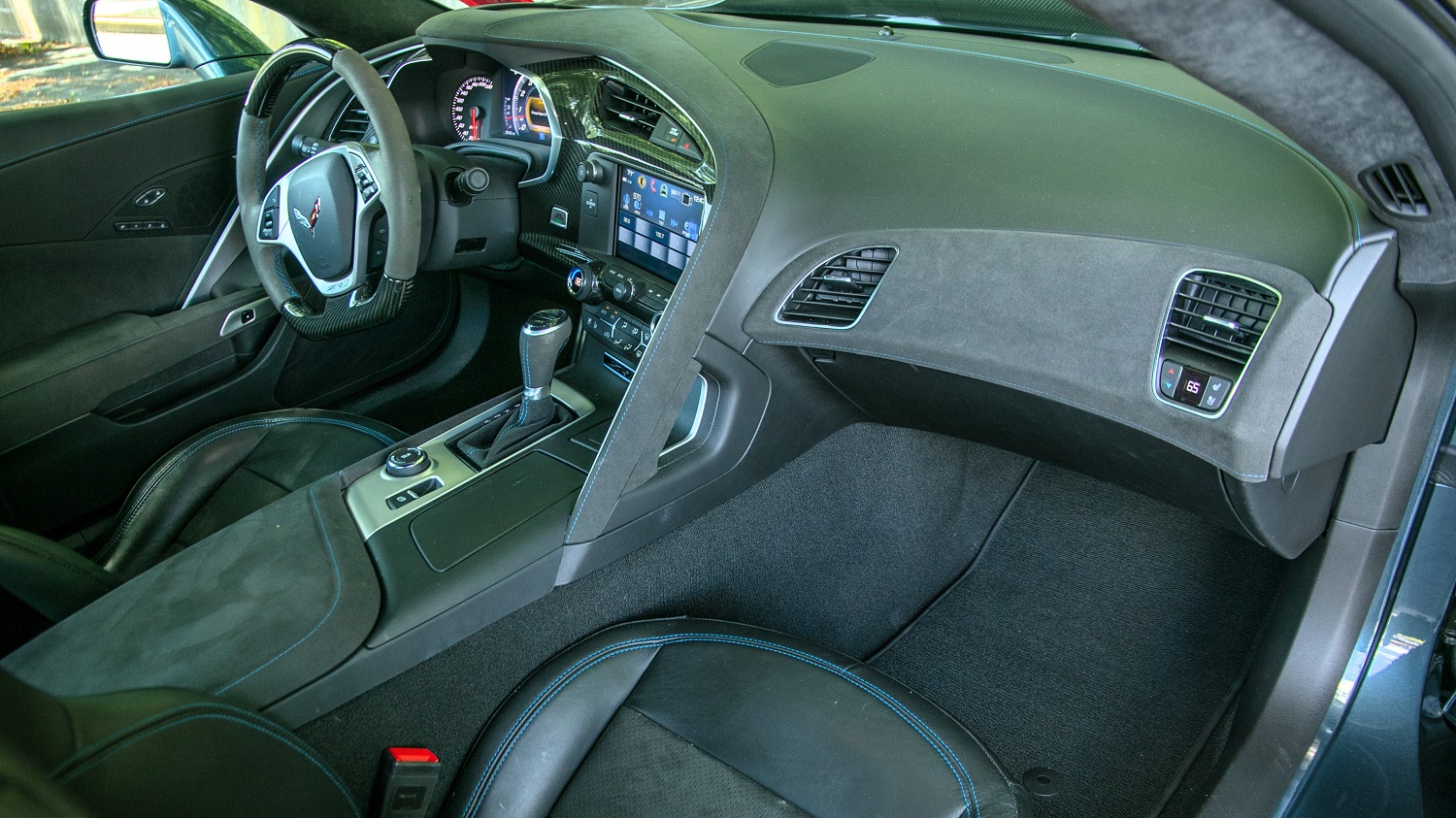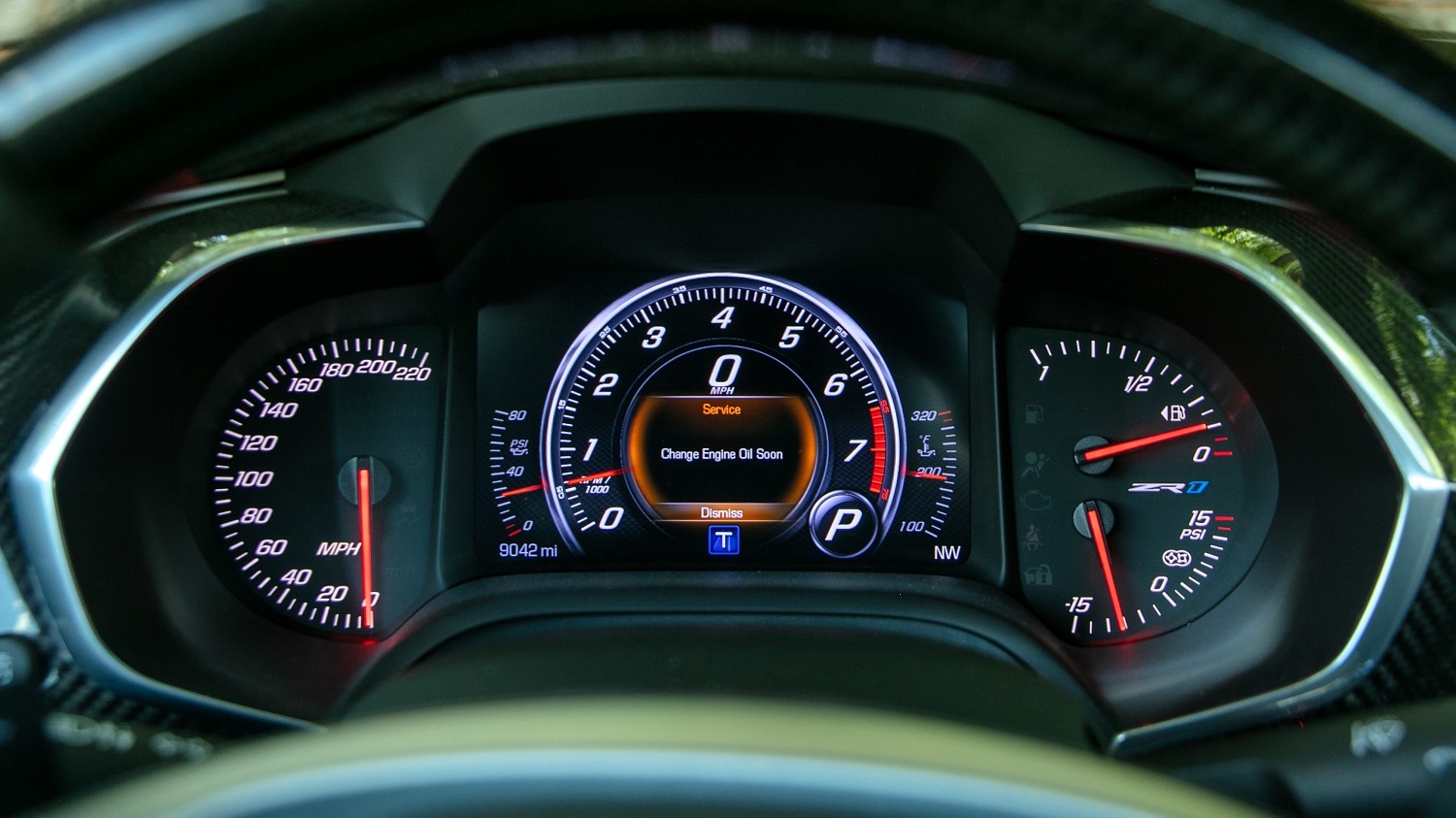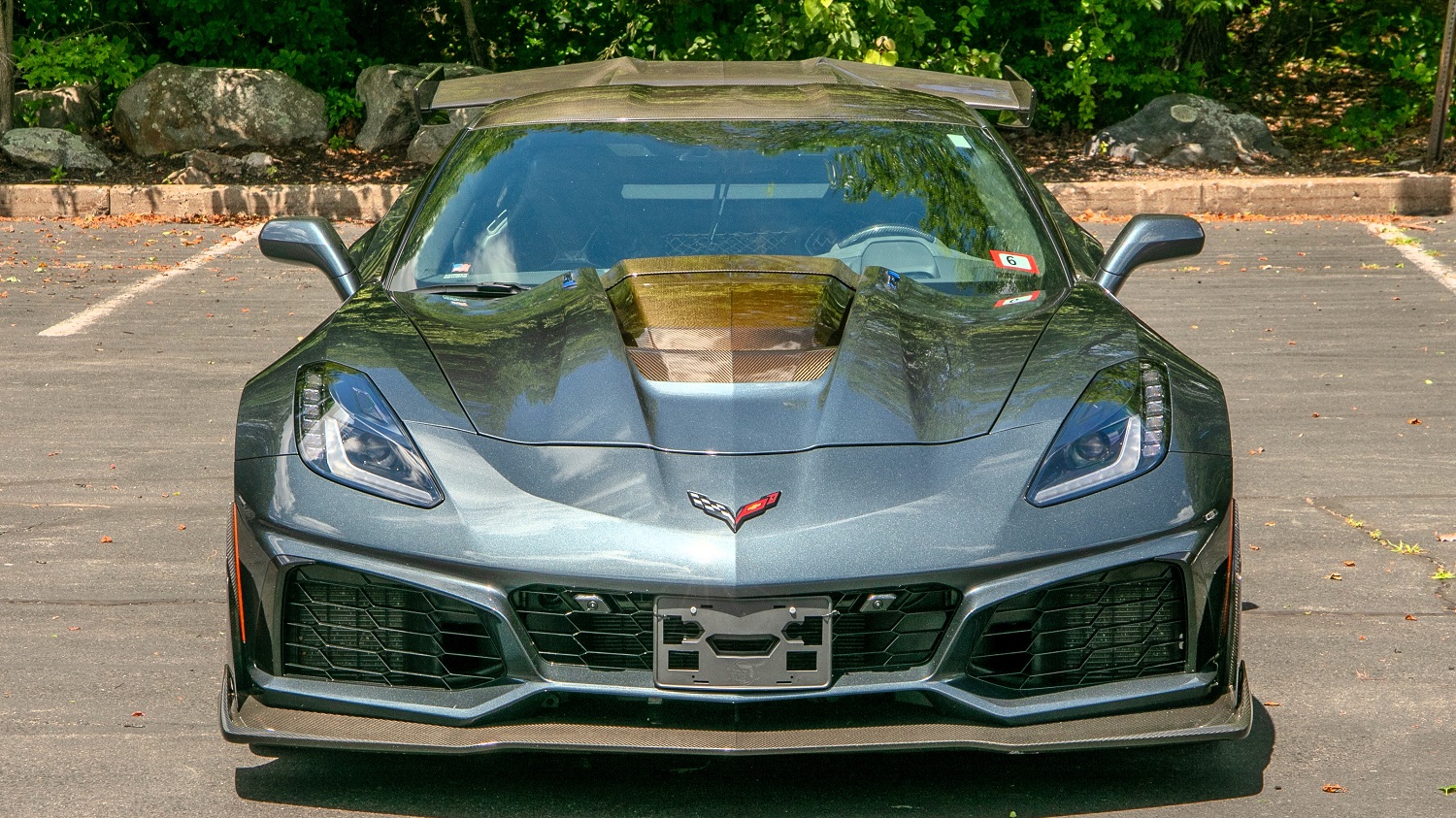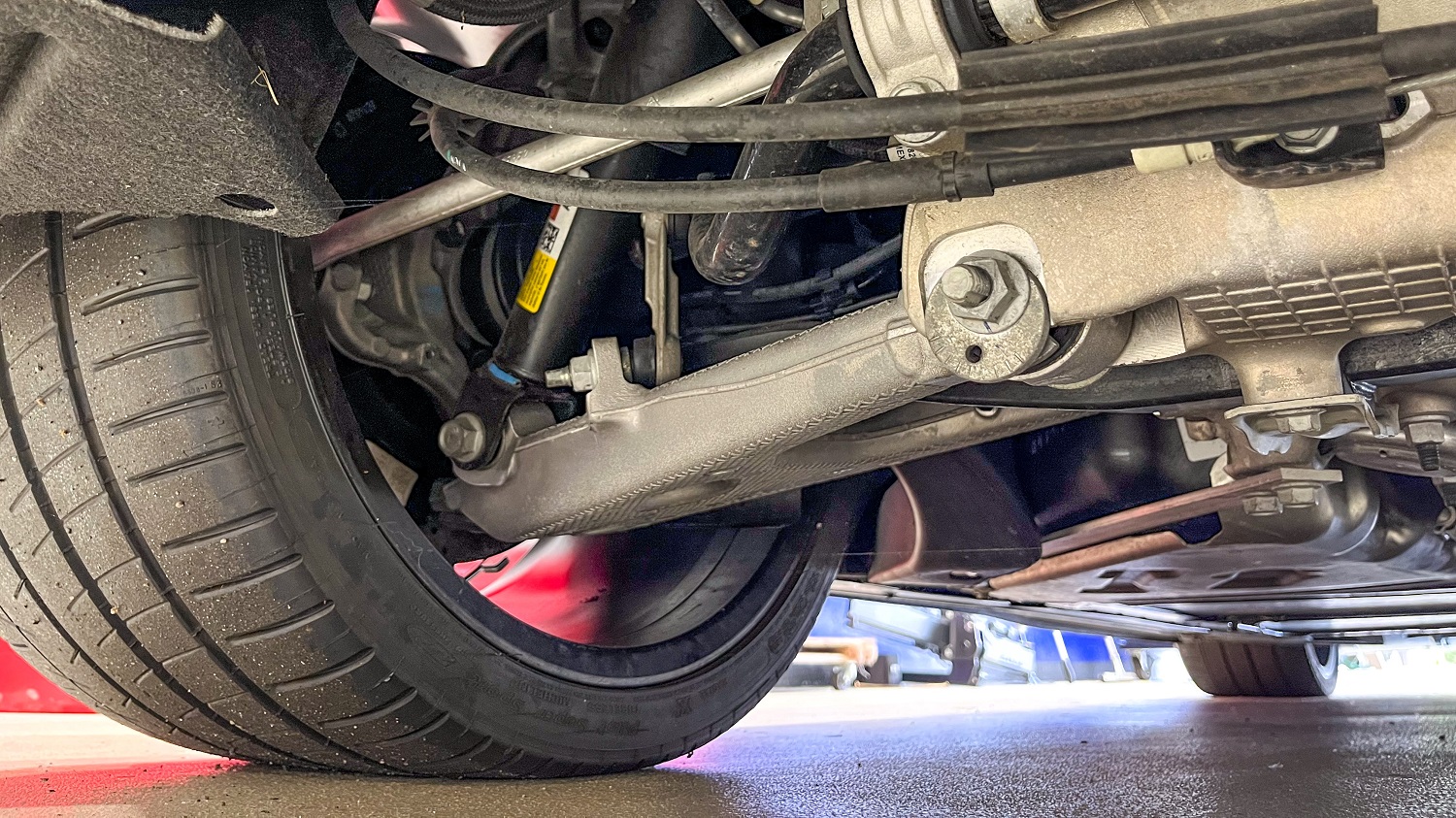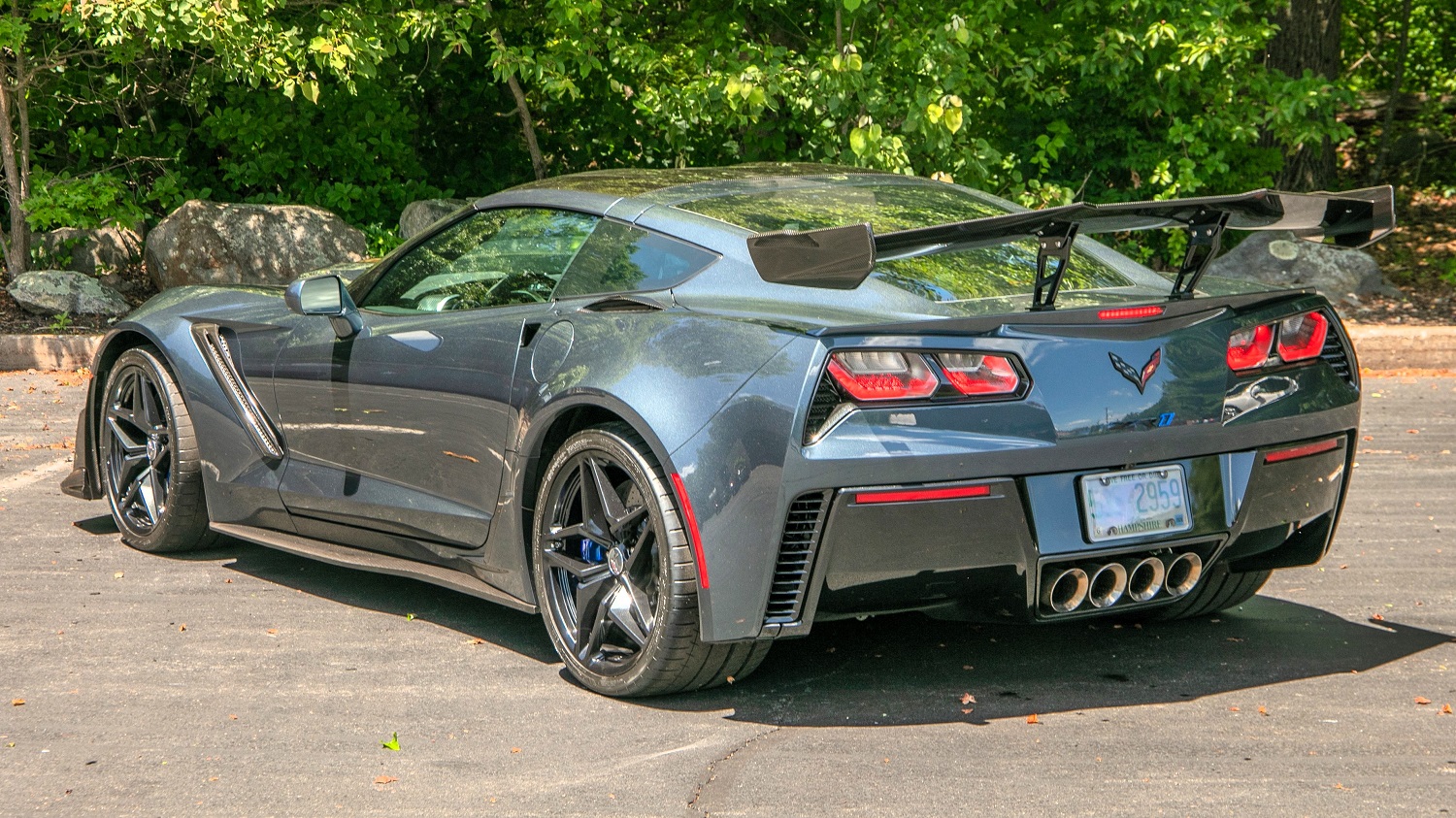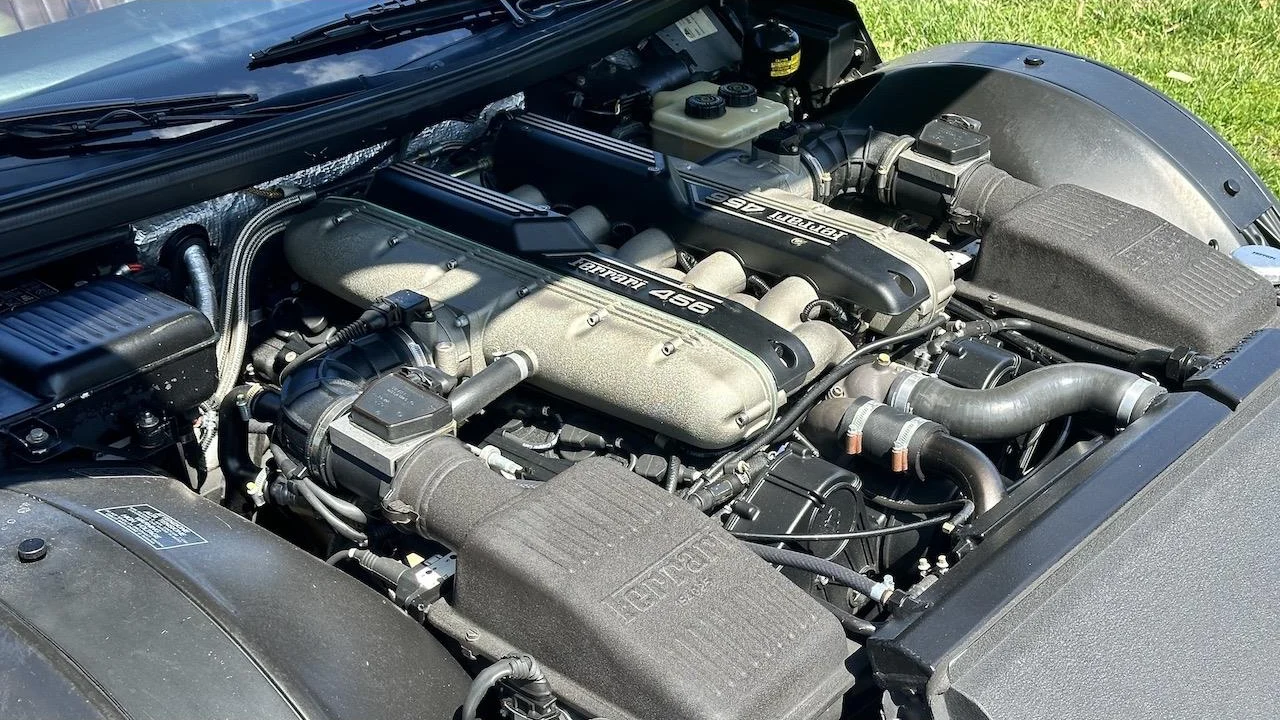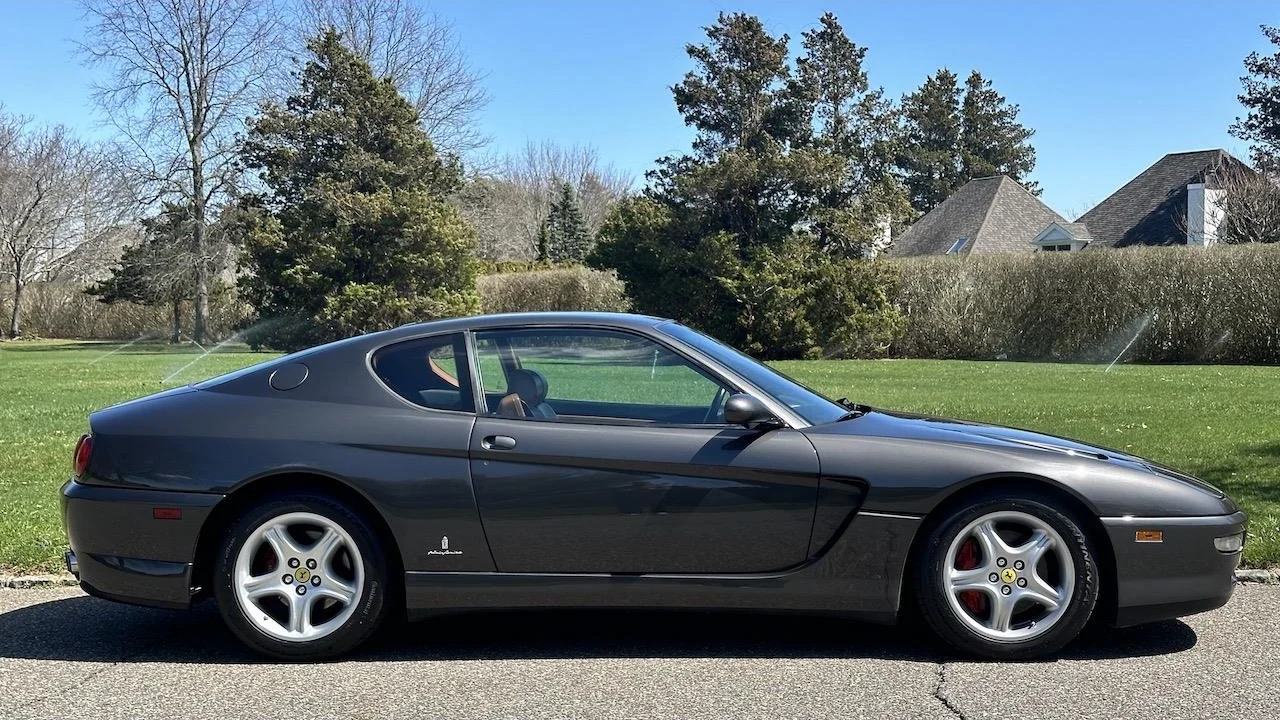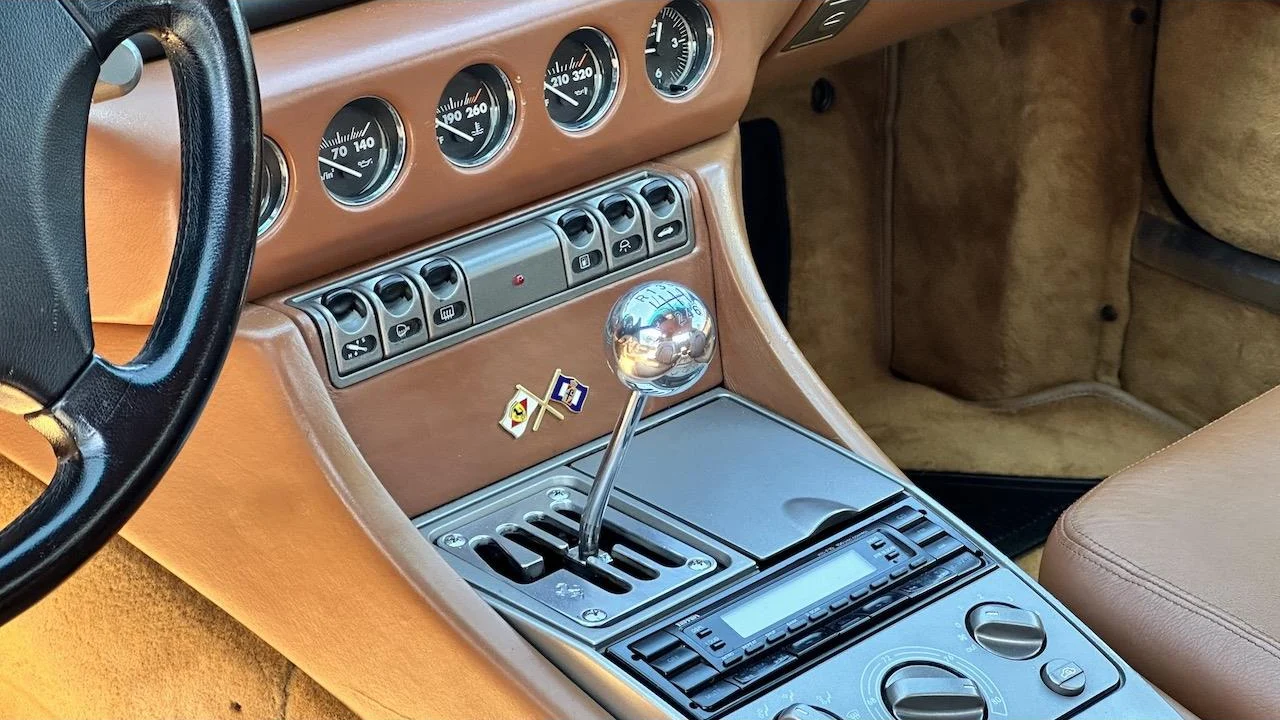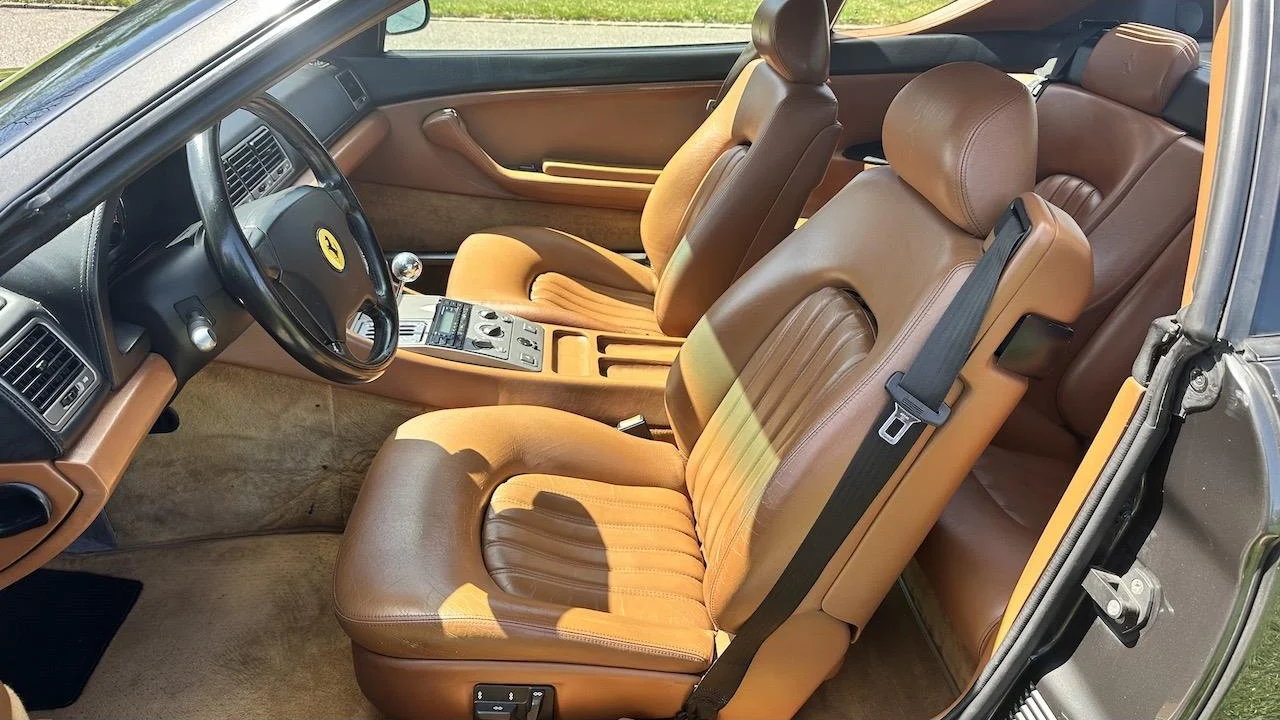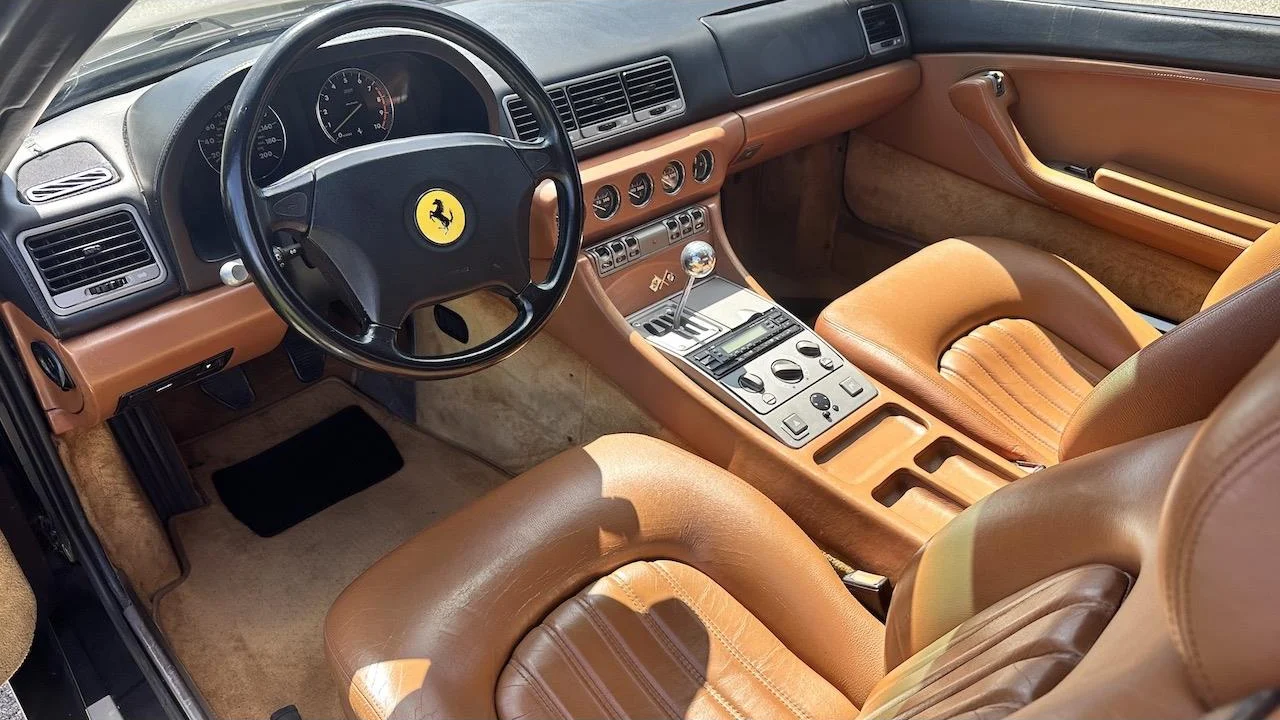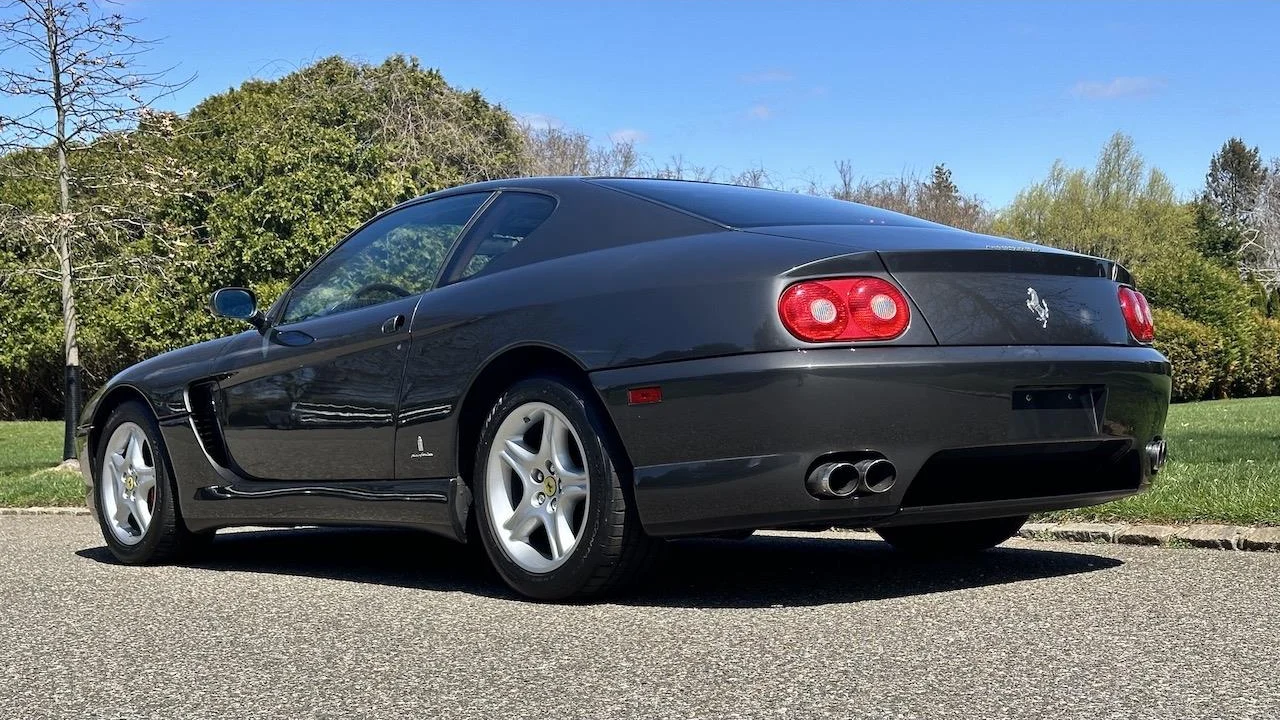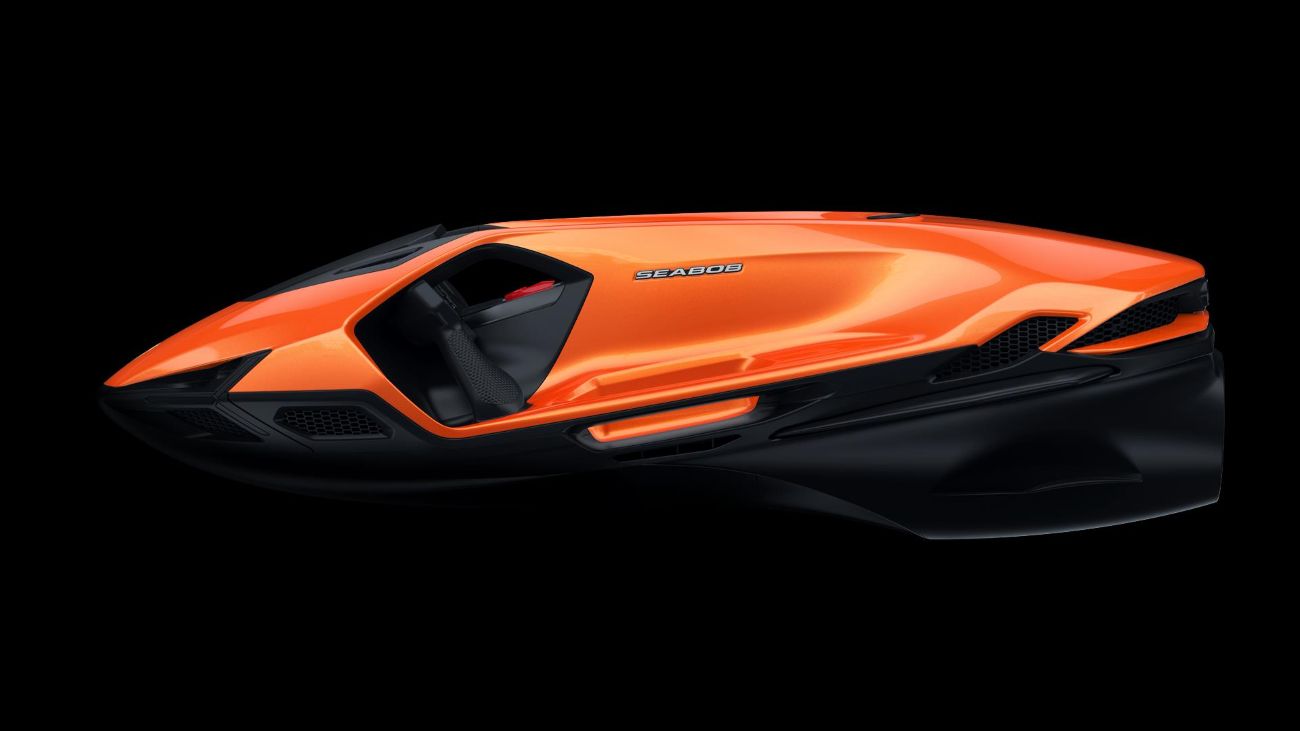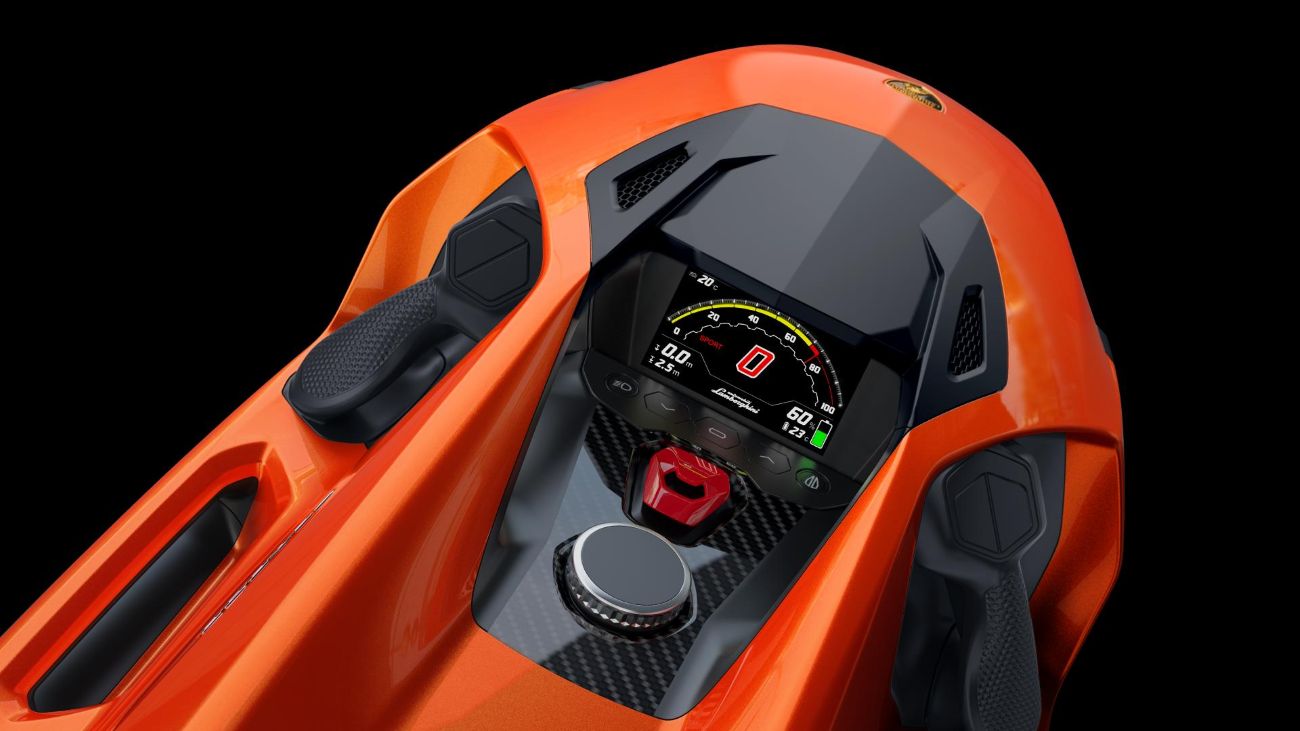This 1952 Chevrolet Styleline Deluxe coupe is the second Derelict project built by ICON 4×4 of Chatsworth, California, and was commissioned in 2012 by James John Liautaud, founder of Jimmy John’s. The car rides on an Art Morrison chassis, and power comes from a 6.2-liter LS3 V8 linked to a 4L65E four-speed automatic transmission and a Currie 9” rear end. Worn green paint is complemented by an interior swathed in brown alligator upholstery, and bespoke appointments include Wilton wool carpets, air conditioning, keyless entry, power windows, and a concealed sound system. Amber fog lights, custom 17” wheels, and Wilwood disc brakes with six-piston front calipers are among the other highlights of the build. After the car was completed, it was the cover car for the June 2012 issue of Rod & Custom magazine. This ICON Derelict was purchased by the current owner in 2023 and is now offered by the seller on their behalf with a Georgia title.

The body wears worn Spring Green (469) paint and features a split windshield, bright side moldings, stone guards, and chrome bumpers with overriders. Amber fog lights were added, and LED bulbs were installed behind the glass indicator lenses. The weatherstripping was also replaced during the build. A dent on the left-front fender can be viewed in the gallery along with other imperfections around the car.

The Art Morrison chassis incorporates mandrel-bent side rails, an independent assembly with tubular control arms, a triangulated four-link setup, and adjustable coilovers all around.

CNC-machined 17” wheels wear “dog dish” hubcaps, and they are wrapped in 245/45 BFGoodrich g-Force Comp 2 A/S tires. A matching spare wheel without a tire will accompany the car. A Hydratech braking system is connected to Wilwood discs at all four corners with six-piston calipers up front and four-piston units out back.

The seats and door panels are upholstered in brown alligator leather and deerskin with a combination of French seams and cross-stitched accents. Wool broadcloth was used for the headliner, and sound deadening insulation was applied to the floors under Wilton wool carpets. The central dashboard grille functions as a dashboard vent, while the concealed Bluetooth-capable sound system is connected to an amp and four speakers covered with perforated upholstery. The power windows are operated using the crank handle, and other amenities include air conditioning, keyless entry, remote start, and electric windshield wipers.

The billet steering wheel is mounted to an Ididit tilt column and trimmed to match the upholstery. The gauges were retrofitted with updated internals and include a 100-mph speedometer and a combination gauge. The digital odometer shows 1,600 miles.

The analog clock was converted into a tachometer with the minute hand indicating engine rpm and the hour hand serving as the redline.

The 6.2-liter LS3 V8 is equipped with a MilSpecWiring harness and long-tube exhaust headers. The aluminum radiator is cooled by dual electric fans.

Power is sent to the rear wheels through a 4L65E four-speed automatic transmission and a Currie 9” rear end. The undersides were coated in polyurea, and the fuel tank is constructed from stainless-steel.

The car was featured in the June 2012 issue of Rod & Custom magazine, a copy of which will accompany the car.

The chassis number 5KKI59751 is consistent with a Chevrolet Styleline Deluxe built at the Kansas City, Missouri, assembly plant in September 1952. The title has a “conditional” notation and lists the VIN as 5KK159751.
















